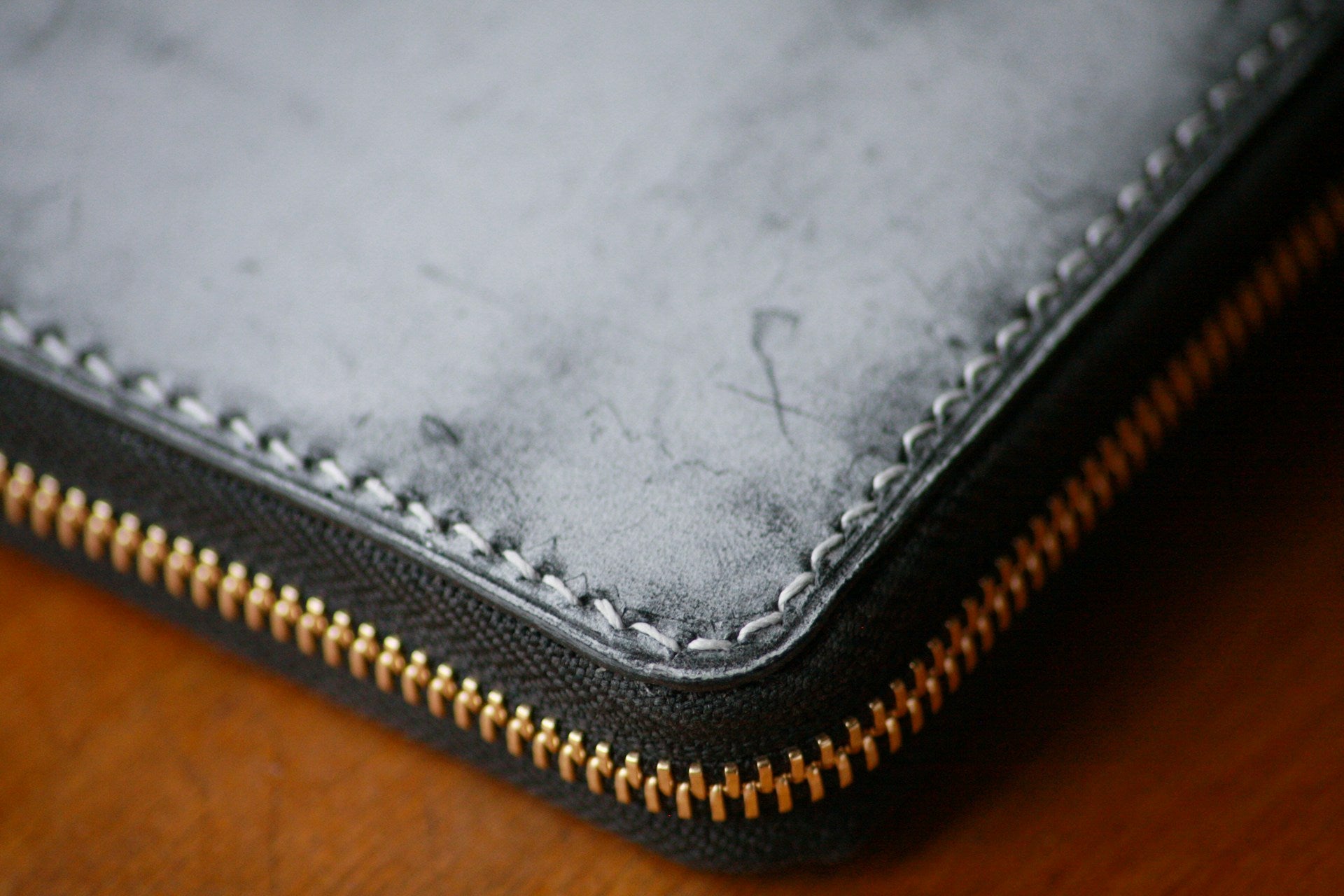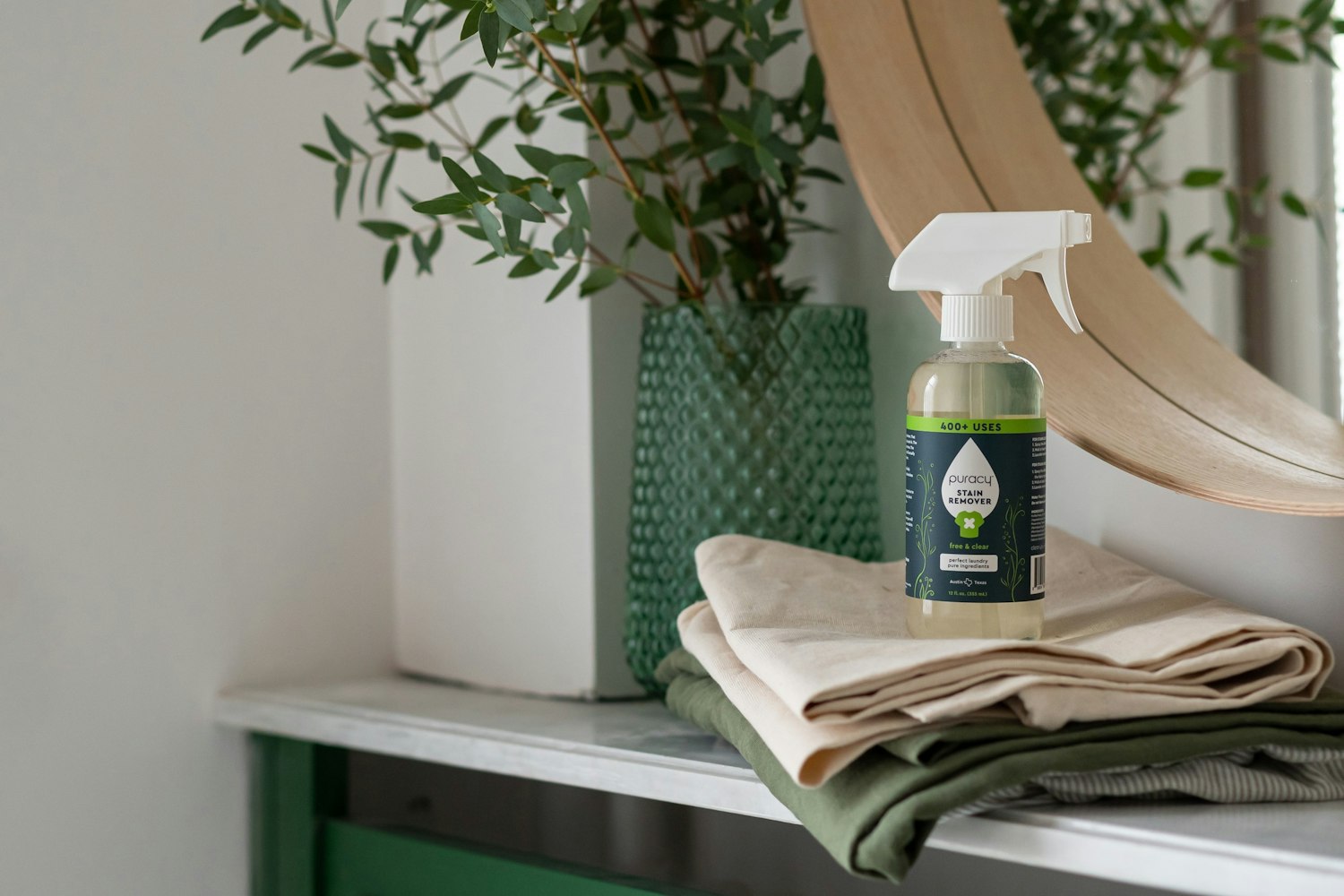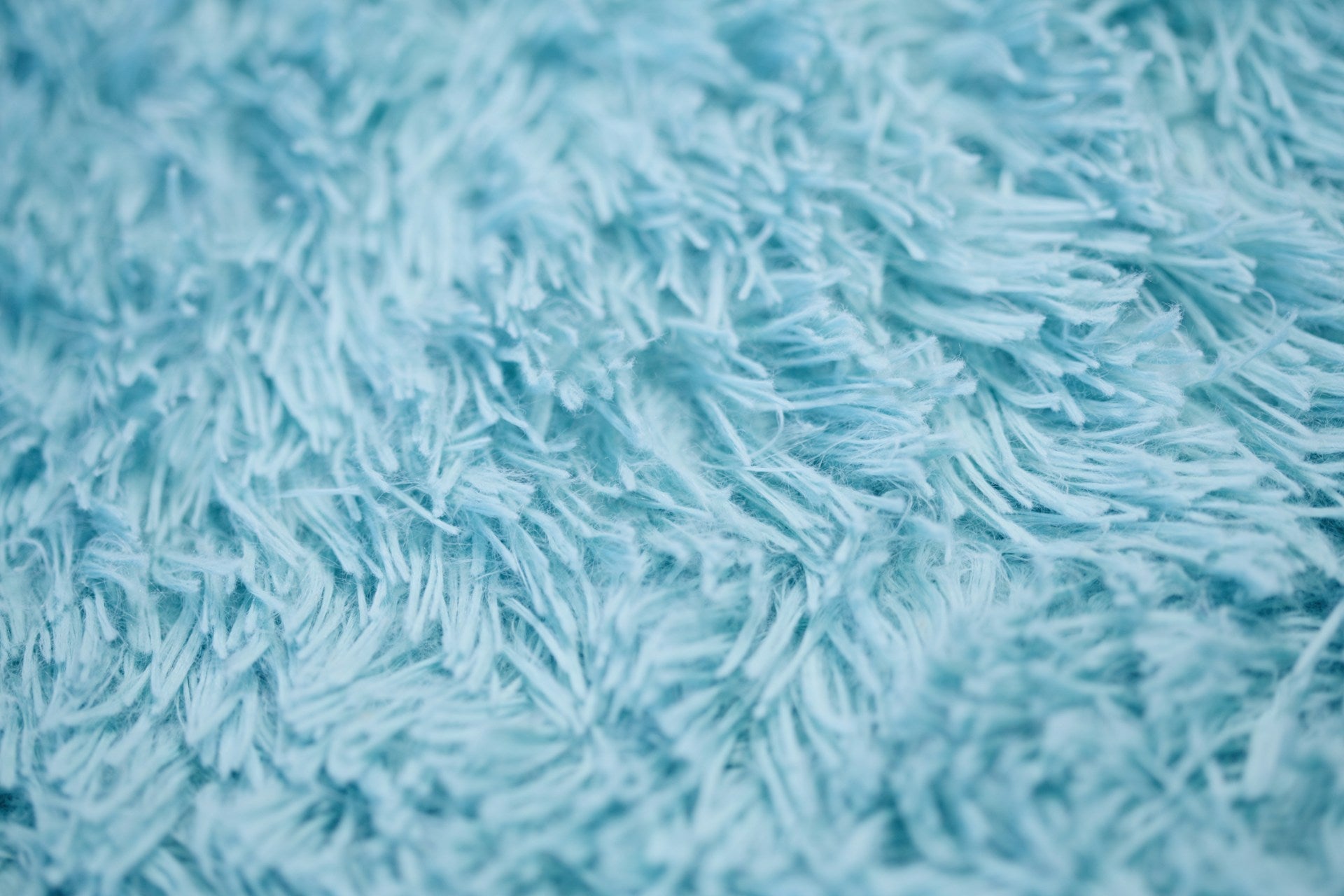
How to Clean Mold Off Leather
If you keep leather items in a humid and dark environment like your closet, there’s a big chance it can grow mold over time. Mold stains can appear as white or gray growth on the surface with a musty smell. They can also grow on upholstery like your leather couch if you live in a humid climate with little to no sun through the windows. Before starting the cleaning process, let’s figure out if you do have a mold problem.
How To Identify a Mold Stain
Here’s how you can identify if you’re dealing with mold:
pH level
Leather’s pH leve is between 4.5 to 5.5, which makes it a great breeding ground for mold. But mold doesn't grow on pH level alone – if you take care of the other factors mentioned below, mold stains shouldn’t be a problem.
Moisture
Mold can grow where there is high humidity. That’s especially true if there is no light or the area doesn’t receive adequate sunlight.
Temperature
High moisture in the air plus consistently warm temperatures can make a good breeding ground for mold. These two factors combined will increase moisture in the environment.
Sunlight
A little sunlight will help kill the spores after you clean mold off your leather items. Too much direct sunlight can cause your leather to dry and crack. Dim or dark conditions will make spores grow faster.
What You’ll Need
- Protective covering like mask and gloves
Remember that mold can be inhaled and cause allergic symptoms like sneezing and irritation.
- Cleaning solution: Alcohol, vinegar, mild soap, hydrogen peroxide, or a dedicated leather cleaner
You can try any of these cleaning solutions to help remove the mold. We’ve listed a step-by step guide below.
- A natural stain removing solution
When mold is left on leather, it can cause staining. A natural stain removing solution will be helpful when removing resistant mold.
How to Safely Remove Mold and Clean Leather

The first step is to wear protection when dealing with mold.
Wear a mask to avoid respiratory issues like itching, sneezing, and irritation on your nasal passages. Use a good pair of gloves to avoid contact with the mold and your cleaning solutions.
Spray your preferred solution on a clean cloth or dip the cloth on the solution and wipe the mold off your leather. Whichever cleaner you choose, it’s best to test it first on an area not easily noticed.
- For a mild solution, you can use a mild detergent mixed with water or 1 part water and one part vinegar to create a cleaning solution.
- For tougher mold problems on leather, you may use alcohol or hydrogen peroxide. These are harsh on the leather but will effectively kill the mold spores. Use them with caution or dilute the hydrogen peroxide first before using it.
- For tough + safe cleaning, spray Puracy’s Everyday Cleaner directly on any film-coated leather. If you’re unsure of your leather coating, spray the cleaner on a clean cloth first then use it to wipe off mold.
Pro Tip: Do not soak the leather or dampen it in any cleaning solution. This will remove the leather’s natural oils and make it dry and brittle.
After the cleaning solution is applied, you might still see some white patches that might be more difficult to remove. Use a gentle leather-specific stain remover according to its label.
Air dry the item and avoid direct, harsh sunlight.
Many conditioning products will help revive the surface of your leather after issues like mold. Use a thin amount of leather-specific conditioner and apply according to the manufacturer’s label.
To prevent the growth of mold on your leather clothes, sofa, boots and other items, keep the humidity levels below 60% in the environment. A dehumidifier can also help to control humidity in a room.
Proper ventilation and some sunlight is necessary to avoid moisture buildup. If you’re not using the items, store them in a dry place and use silica gel packs or other desiccants to absorb the moisture.
When you’ve done the work at home unsuccessfully, it might be time to send the item to a professional leather cleaning service. Especially with expensive or luxury items, taking your leather to a pro will help lessen any more headaches from your mold problem.
Tips for Cleaning Mold From Specific Surfaces

Use a soft brush to remove the mold from the surface. Mix mild soap with water as a cleaning solution or use Puracy’s surface cleaner to wipe the item safely. Disinfect the surface with diluted alcohol or hydrogen peroxide. Let it dry and apply a leather conditioner.
For larger surfaces like a leather couch, you can use a vacuum with a soft brush head to get rid of spores. Then wipe off the area with a clean cloth and mild soap + water solution.
Use a dry cloth to wipe off surface mold. You can also use the mild detergent mixture and a soft sponge to clean the area safely. Let it air dry.
Vacuum the car seats to remove surface mold. Create a mild cleaning solution or use Puracy’s surface cleaner to wipe off the area safely. Afterwards, spray the moldy area with diluted alcohol or hydrogen peroxide solution and wipe it down. Let it air dry with the doors open to allow proper ventilation.
How to Prevent Mold Growth on Leather
The EPA recommends maintaining indoor humidity levels below 60% to reduce mold growth. If this problem persists, the Centers for Disease Control and Prevention (CDC) highlights that it can cause several issues. Here are some effective tips to prevent mold growth on your favorite leather items and prolong their service life:
Use desiccant or silica gel to control the moisture in the area where you keep your leather bags and clothes. For larger leather items like a sofa, you can use a dehumidifier to control the environment and prevent mold.
Store leather items in a cool, dry place away from direct sunlight and moisture sources. Avoid storing leather in dark, damp, or humid places where mold thrives.
Expensive leather needs to be cleaned and conditioned regularly. If you use your leather bag daily, a simple wipe-down with diluted alcohol will work, especially on high-contact areas.
Make sure the storage area itself is regularly cleaned and dry to prevent mold from developing.
- Bleach can damage and discolor leather.
- Ammonia is way too harsh to use on any leather material.
- Vinegar is always useful and often safe on most materials but it needs dilution for leather cleaning.
- Commercially-bought chemicals are harsh and should never be used on leather items.
FAQs
Is mold the same as mildew?
Mold refers to fungi growth while mildew is a kind of mold or fungus, according to the US EPA.


























